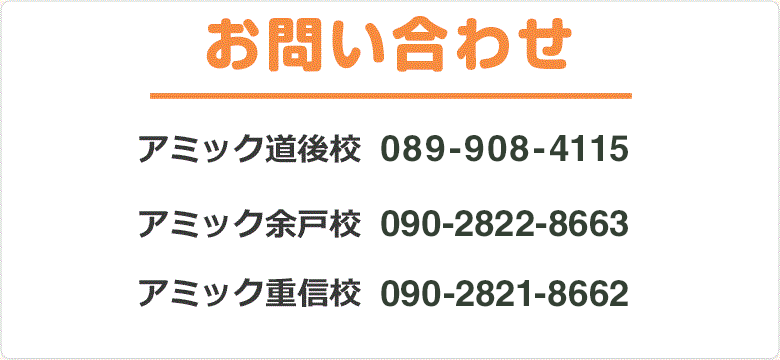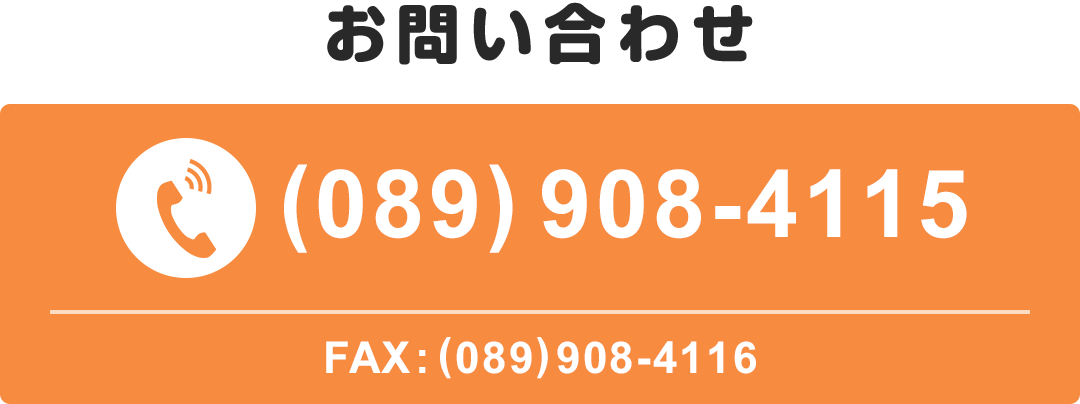5 Uncommon Punctuation Marks And Their Names – 英会話・英語 アミック
2018/10/12
There’s about 15 punctuation marks commonly used in English: the period (.), comma (,), question mark (?), exclamation point (!), apostrophe/inverted comma (‘), dash (—), hyphen (-), colon (:), semi-colon (;), parentheses(( )), brackets ([ ]), bullet points (•), slash (/), and ellipses (…). If you extend this list to typography marks, you can also add the ampersand (&), at sign (@), number sign/pound/hashmark (#), asterisk/star (*), and underscore (_).
However, the full list of punctuation only begins there–in their lifetime, a regular English reader will occasionally encounter a number of other marks. However, they probably won’t be able to tell you their names, or maybe even their purpose. Case in point, these five fun punctuation marks with equally as fun names:
¶ (pilcrow)
The pilcrow is most often seen in word processors and design programs to show where the ‘Enter’ key was hit to jump to the next line of text. However, it also has several other uses:
- Proofreaders and copyeditors write it to indicate where a new paragraph should begin
- Legal writers write it where a citation to an article, statute, law, or similar needs to be made
- Church programs use it to indicate when the congregation should stand, sit, or kneel
It also sounds like an awesome name for a comic book villain.
÷ or †(obelus)
Commonly known by most as the ‘division sign’, the obelus of the same name but a more dagger-type shape is also used by editors and proofreaders as a way to indicate a character is dead. It is also sometimes used to indicate a footnote.
‽ (interrobang)
The interrobang is for people who are too lazy/efficiency-minded to write out ?! or !? when wanting to expressed confused surprise. The mark was invented in the 1960s by an American ad man that wanted a symbol to indicate a rhetorical question in his company’s advertisements. After becoming somewhat fashionable in the 60s and 70s (even making its way onto some typewriter keys), the mark has all-but disappeared from use. However, it can still be found in some common computer fonts and there’s even an inverted version (or gnaborretni–interrobang backwards) for Spanish speakers: ⸘
☞ (index, manicule, or fist)
What looks like an overly-detailed emoji is actually a printing mark that dates back to the 12th century. Originally used in the margins of manuscripts to indicate corrections or notes, today it is mostly used in non-fiction to direct the reader to an especially important passage.
◊ (lozenge)
What most might call a diamond is actually the lozenge, which has many purposes other than just soothing a sore throat or writing about poker:
- To indicate the subtotal key on a calculator (~1960s)
- On public roads in the U.S. and Canada to mark a specific lane’s use (carpool, bicycles only, etc.)
- Math things that I don’t understand
And unrelated to writing/typography but still mildly interesting, the eponymous medicine earned its name because the first cough drops originally only came in the distinct shape.












